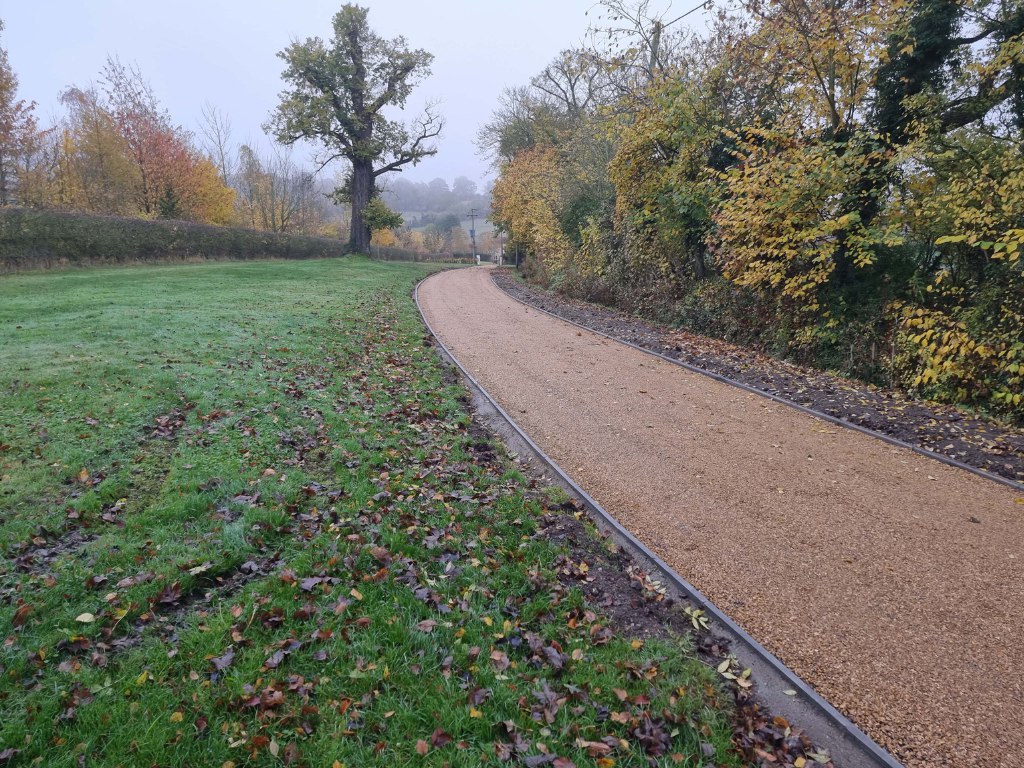The Environmental Impact of Tarmac Car Parks
Introduction: Tarmac car parks are ubiquitous in modern urban landscapes, providing convenient parking solutions for vehicles of all shapes and sizes. While these tarmac surfaces offer durability, stability, and ease of maintenance, it’s essential to consider their environmental impact. From the materials used in construction to the effects on local ecosystems and water quality, tarmac car parks can have significant environmental implications. In this blog post, presented by Ashford Driveways, we’ll explore the environmental impact of tarmac car parks and discuss strategies for minimising their ecological footprint.
1. Construction Materials
The production of tarmac, also known as asphalt or bitumen, typically involves extracting and processing natural resources such as aggregates, sand, and petroleum-based bitumen. Mining and transporting these materials can destroy habitat, air and water, and greenhouse gas emissions. Additionally, the manufacturing process consumes energy and releases carbon dioxide, contributing to climate change. To mitigate these impacts, consider using recycled materials or alternative paving solutions with lower environmental footprints.
2. Heat Island Effect
Tarmac surfaces absorb and retain heat from the sun, forming urban heat islands in densely populated areas. These heat islands can significantly raise local temperatures, exacerbating air pollution, increasing energy consumption for cooling, and negatively impacting human health and comfort. To mitigate the heat island effect, consider incorporating permeable paving materials, green infrastructure, or shade trees into your car park design to reduce surface temperatures and improve air quality.
3. Stormwater Runoff
Tarmac car parks are impervious surfaces preventing rainwater from infiltrating the ground, resulting in increased stormwater runoff and potential flooding. This runoff can carry pollutants such as oil, grease, heavy metals, and sediment into nearby waterways, degrading water quality and harming aquatic ecosystems. To address this issue, consider implementing sustainable drainage solutions such as permeable paving, rain gardens, or bio-retention basins to capture and treat stormwater onsite before it reaches natural water bodies.
4. Habitat Loss and Fragmentation
The construction of tarmac car parks often involves clearing and grading land, leading to habitat loss and fragmentation of local flora and fauna. This loss of natural habitat can disrupt wildlife populations, decrease biodiversity, and degrade ecosystem services such as pollination and soil stabilisation. To minimise habitat loss and fragmentation, consider preserving existing vegetation, incorporating green spaces or wildlife corridors into your car park design, and implementing landscaping strategies that support native plants and wildlife.
5. Maintenance Practices
Regular maintenance activities such as sealcoating, crack filling, and line striping can introduce additional environmental impacts associated with tarmac car parks. Sealants and coatings may contain toxic chemicals that can leach into the soil and water, posing risks to human health and the environment. To reduce the environmental impact of maintenance practices, choose eco-friendly sealants and coatings, minimise the use of chemicals, and properly dispose of waste materials according to local regulations.
Conclusion: While tarmac car parks offer numerous benefits regarding convenience, durability, and accessibility, they must consider their environmental impact and explore ways to minimise their ecological footprint. By using sustainable materials, mitigating the heat island effect, managing stormwater runoff, preserving habitat, and adopting environmentally friendly maintenance practices, we can create car parks that not only meet the needs of drivers but also protect and enhance the natural environment.
Call us on: 01233 542 897
Click here to find out more about Ashford Driveways
Click here to complete our contact form and see how we can help with your driveway needs.

